The tradition of serving Christmas ham in Sweden is deeply rooted in the country's culinary heritage, and no element of this festive dish is more iconic than its shimmering sugar glaze. Known as "skinka med glasyr," the Swedish Christmas ham is a centerpiece that embodies both tradition and indulgence. The sugar crust, often caramelized to perfection, is not merely a decorative touch but a vital component that elevates the flavor profile of the ham, creating a harmonious balance between sweet and savory.
Preparing the glaze for a Swedish Christmas ham is an art in itself. The process typically begins with a mixture of mustard, breadcrumbs, and sugar, though regional and family variations abound. Some recipes call for a touch of egg yolk to bind the ingredients, while others incorporate spices like cloves or allspice for added depth. The glaze is carefully applied to the ham's surface, creating a thick, sticky coating that transforms under the heat of the oven into a glossy, golden crust. The result is a textural contrast that delights the palate—the crisp, sugary exterior giving way to tender, succulent meat beneath.
Historically, the practice of glazing ham can be traced back to a time when preserving meat was essential, and sugar played a crucial role in both flavor and longevity. In Sweden, where winters are long and dark, the Christmas ham became a symbol of celebration and abundance. The sugar glaze, once a luxury, is now a cherished tradition, evoking nostalgia and warmth during the holiday season. Families often pass down their unique glaze recipes through generations, each insisting that their version is the most authentic.
The choice of sugar in the glaze can vary, with some preferring white granulated sugar for its clean sweetness, while others opt for brown sugar or even syrup for a richer, more complex flavor. Mustard, another key ingredient, provides a subtle tang that cuts through the sweetness, ensuring the dish never becomes cloying. The breadcrumbs, though seemingly insignificant, contribute to the glaze's texture, helping it adhere to the ham while adding a delicate crunch.
Beyond its culinary appeal, the glazed ham holds cultural significance in Sweden. It is often served on Christmas Eve as part of a lavish buffet known as "julbord," alongside dishes like pickled herring, meatballs, and saffron buns. The presentation of the ham is just as important as its taste—adorned with festive garnishes such as parsley, apple slices, or even a crown of cloves, it becomes a visual centerpiece that signals the start of the holiday feast.
In modern times, the sugar-glazed ham remains a beloved tradition, though contemporary twists have emerged. Some chefs experiment with alternative sweeteners like honey or maple syrup, while others infuse the glaze with unexpected flavors such as ginger or orange zest. Despite these innovations, the essence of the dish remains unchanged—a celebration of heritage, family, and the joy of gathering around the table during the most magical time of the year.
For those attempting to recreate this Swedish delicacy at home, patience is key. The glaze requires careful attention to prevent burning, and the ham itself must be cooked slowly to retain its moisture. Many Swedes insist that the best results come from using a high-quality, bone-in ham, as the bone imparts additional flavor during cooking. Whether enjoyed hot from the oven or cold the next day, the sugar-glazed ham is a testament to the enduring power of tradition and the simple pleasures of good food.
As the holiday season approaches, the sight and scent of a glazed Christmas ham evoke a sense of comfort and joy. It is a dish that transcends mere sustenance, embodying the spirit of togetherness and the timeless appeal of shared meals. In Sweden, where darkness dominates the winter months, the golden crust of the ham serves as a beacon of light and warmth—a delicious reminder that even in the coldest of seasons, there is always something to celebrate.
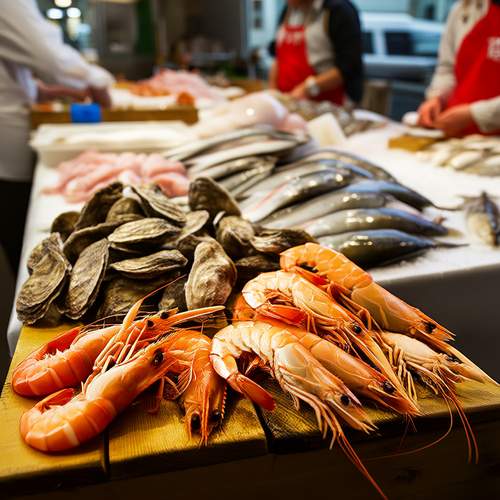
By /May 26, 2025
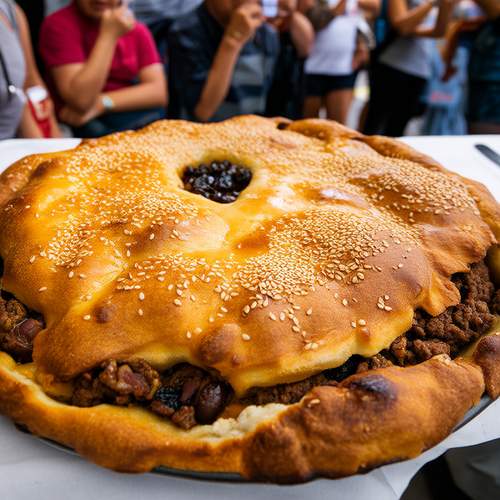
By /May 26, 2025
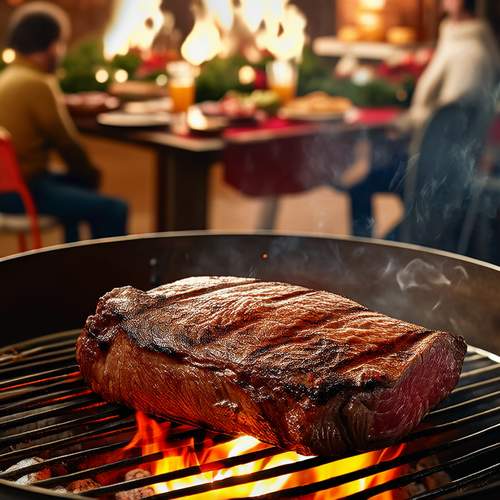
By /May 26, 2025
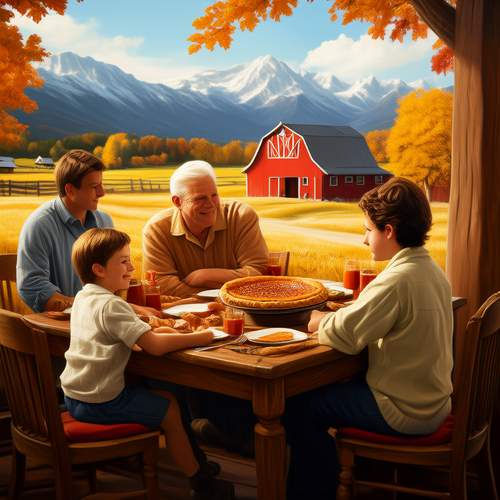
By /May 26, 2025
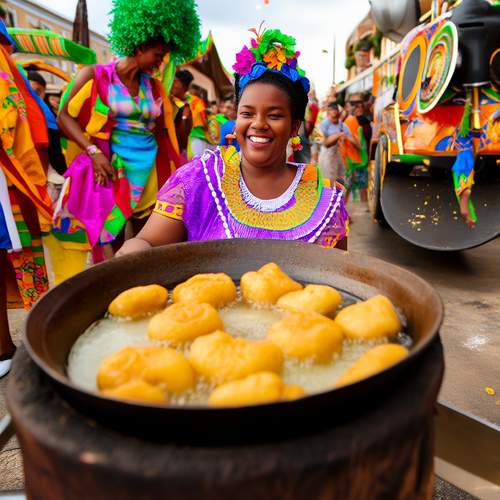
By /May 26, 2025
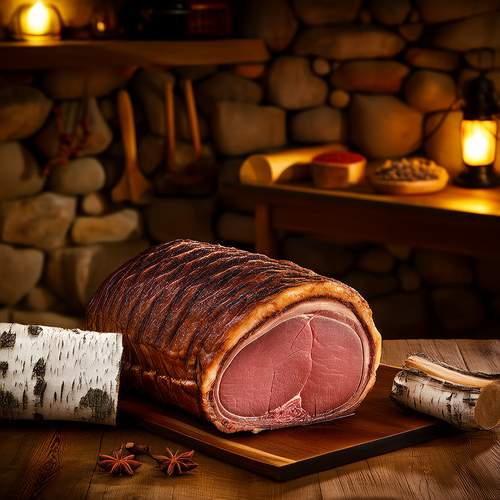
By /May 26, 2025
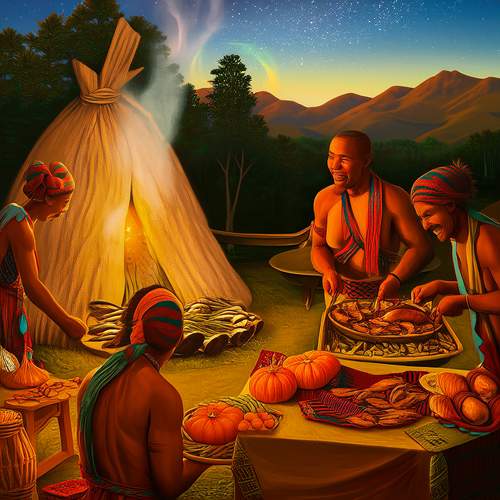
By /May 26, 2025

By /May 26, 2025
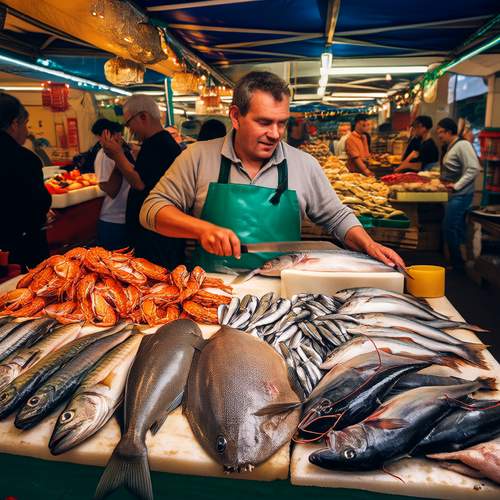
By /May 26, 2025
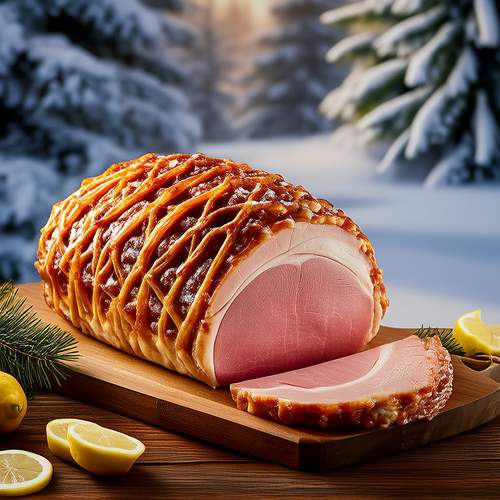
By /May 26, 2025
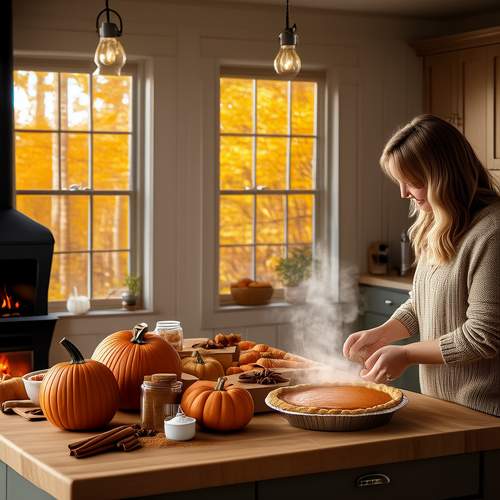
By /May 26, 2025
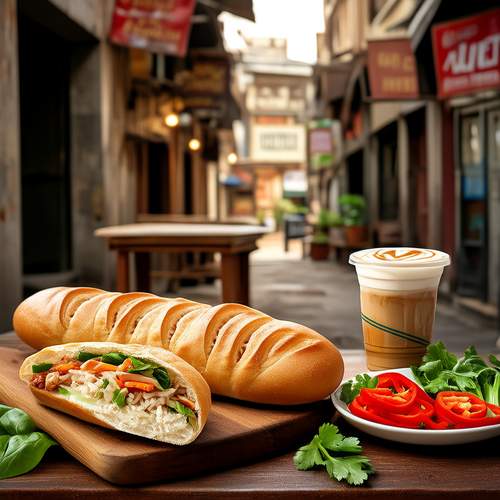
By /May 26, 2025
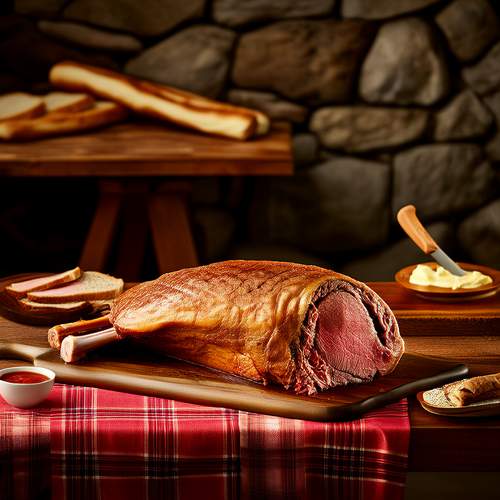
By /May 26, 2025
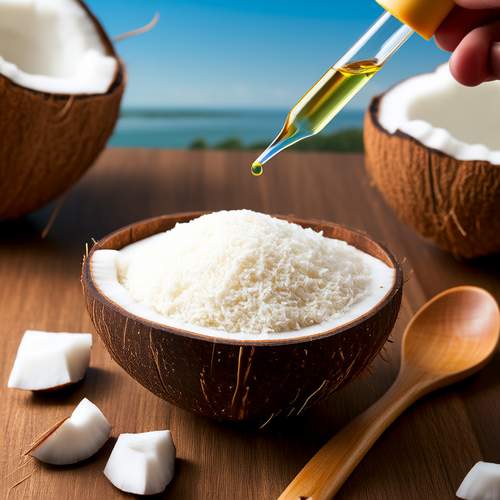
By /May 26, 2025
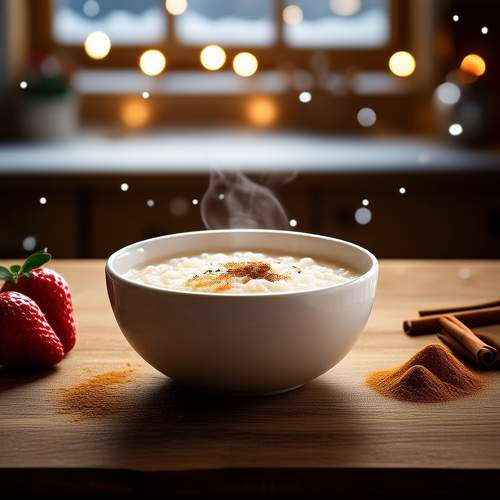
By /May 26, 2025

By /May 26, 2025
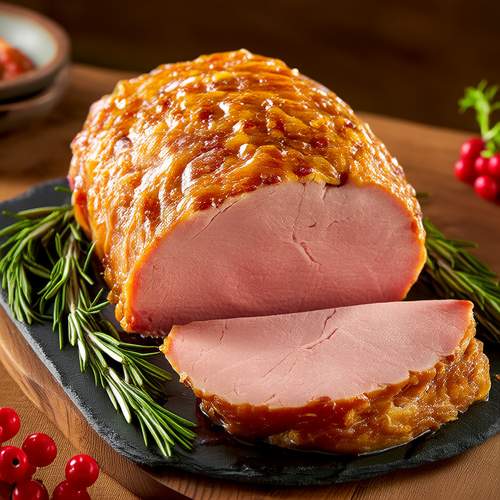
By /May 26, 2025